The Unique ecosystem of Amboseli National Park – But for how long?
Amboseli National Park in Kenya is a bundle of contradictions and truly a unique ecosystem in Kenya or Africa for that matter. With far more numbers and species of mammals than can reasonably be sustained in this small region and with an impressive 400 species of birds, this small park of 392 sq kms is a biodiversity haven. But it is almost a desert receiving less than 340 mm of rainfall in the year!
How can such enormous numbers of large game live in this extraordinary desert?
Though a semi-arid dry grassland environment with low rainfall, Amboseli is peppered with swamps and occasionally you will find forest patches of the famous yellow ‘fever’ trees. Yet, the biodiversity in this dry/wet small region is impressive!
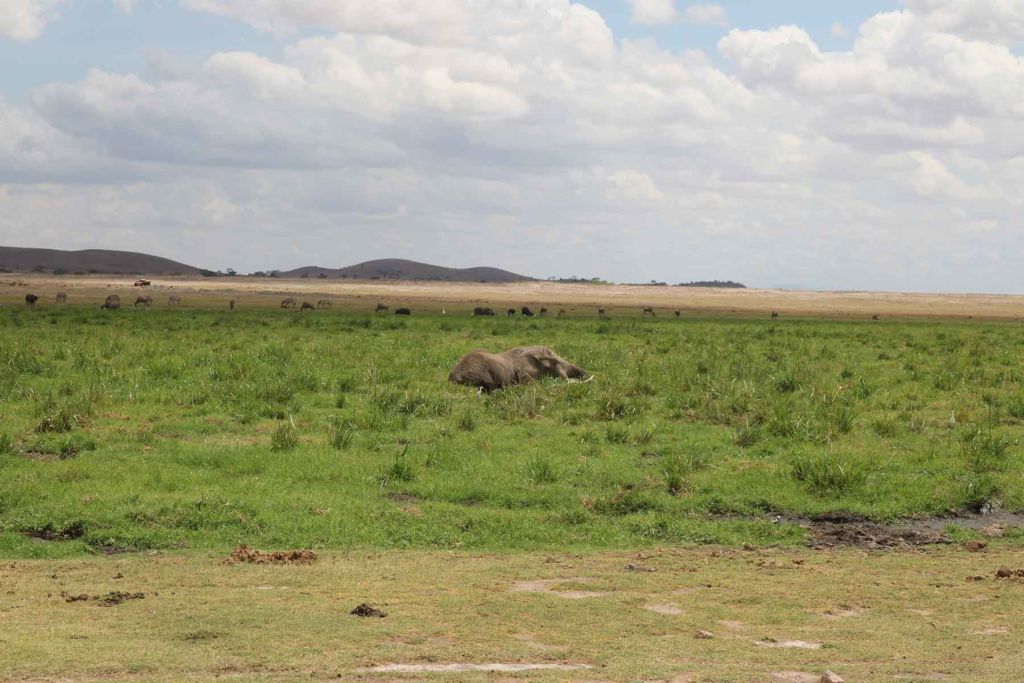

To understand Amboseli better, we need to rewind back in time! The majestic towering mountain of Kilimanjaro determines the ecology of the area around it. Kilimanjaro is quite a young mountain (merely a million years old – compare this with South Africa’s Barberton Greenstone belt – which is estimated to be 3.5 billions years old!) and is the product of volcanic forces.
Before the volcanic eruption leading to the birth of Kilimanjaro, Amboseli was a dense woodland area. With volcanic activity, the existing river systems were diverted / closed affecting the forests.
Furthermore, with these volcanic origins, Amboseli’s soils are powdery, loose and nutrient deficient – making it quite a weak ecosystem for growth of life. In fact, in the dry season, this volcanic ashy soil is blown into myriad dust devils and spectacular dust storms.
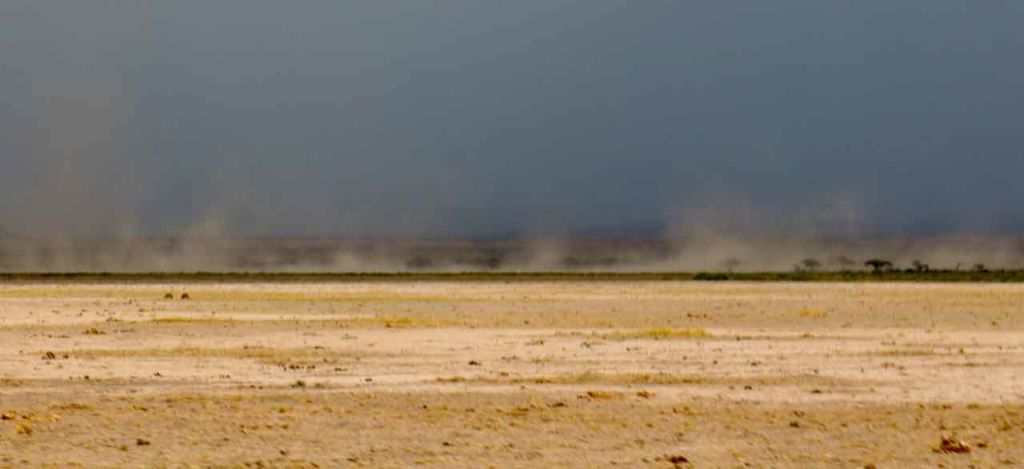
However, water from Kilimajaro trickles down porous rocks and underground channels and erupts into numerous springs in Amboseli feeding the numerous swamps here – Enkong’u Narok and Longinye swamps in the Park, and Namelok and Kimana outside the park.
With this, in the opinion of some ecologists, the water table rose and increased salinity of the soils, further destroying the woodlands. Adding to this, Elephants – the only species besides wildebeest whose numbers increased – transformed this ecosystem further, debarking and felling the trees that remained standing. These habitat changes affected plant and animal species, reducing or increasing some and wiping out some others.
So, what you have today is a bleak, dusty, open, nutrient deficit grassland plains receiving very low rainfall. However, the region is also home to permanent swamps fed by Kilimanjaro and the occasional patches of forest land. These swamps are the lifelines of this region – biodiversity havens where humans, wildlife and livestock drink at the same table.

The biodiversity in this region are a result of this complex environment. However, the environment remains quite fragile and highly susceptible to human action!
In the 1970s, a pipeline was constructed to channel water from the park to community owned land for livestock use. Again, increased human and livestock numbers have led to more borewells being dug outside the park. Hence, to date, scarcity of water remains a challenge to the ecosystem – threatening to nearly destroy it!
On the other hand, the ‘guarantee’ of water from Kilimajaro is also suspect in the long run. Since 1912, Kilimajaro has lost 80 percent of its snow cover and scientists fear that by 2033, the mountain peaks will be snow free! Global warming and deforestation on the mountain slopes due to human activity maybe some of the reasons to blame!
While we may rue the fact that the next generation will never have the opportunity to view the majesty of the snow-capped white mountain, the larger tragedy may as well be that the without the ‘life-giving’ ability of Kilimanjaro to supply water – Amboseli as we know it today will disappear!!


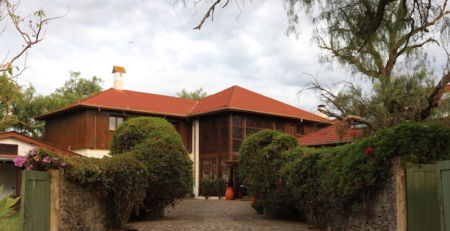

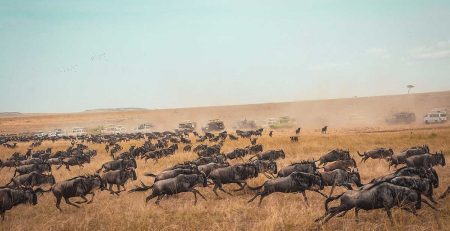
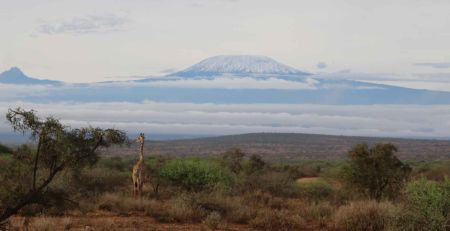



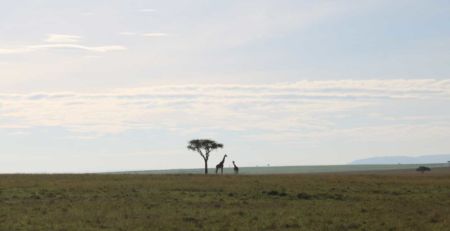
Comments (2)
Interesting. I’m from the wheat belt of Western Australia which has suffered severe salination from rising water table due to extensive deforestation. The lakes my grandfather drank from 100 years ago are hypersaline today. I was struck today by the sight of what appears to be evaporative salt pans on the NW periphery of the Amboseli swamps. It would be a tragedy and a travesty if it is so, when we have the knowledge to enable prevention.
Thanks for finally writing about > The Unique ecosystem of Amboseli
National Park – But for how long?